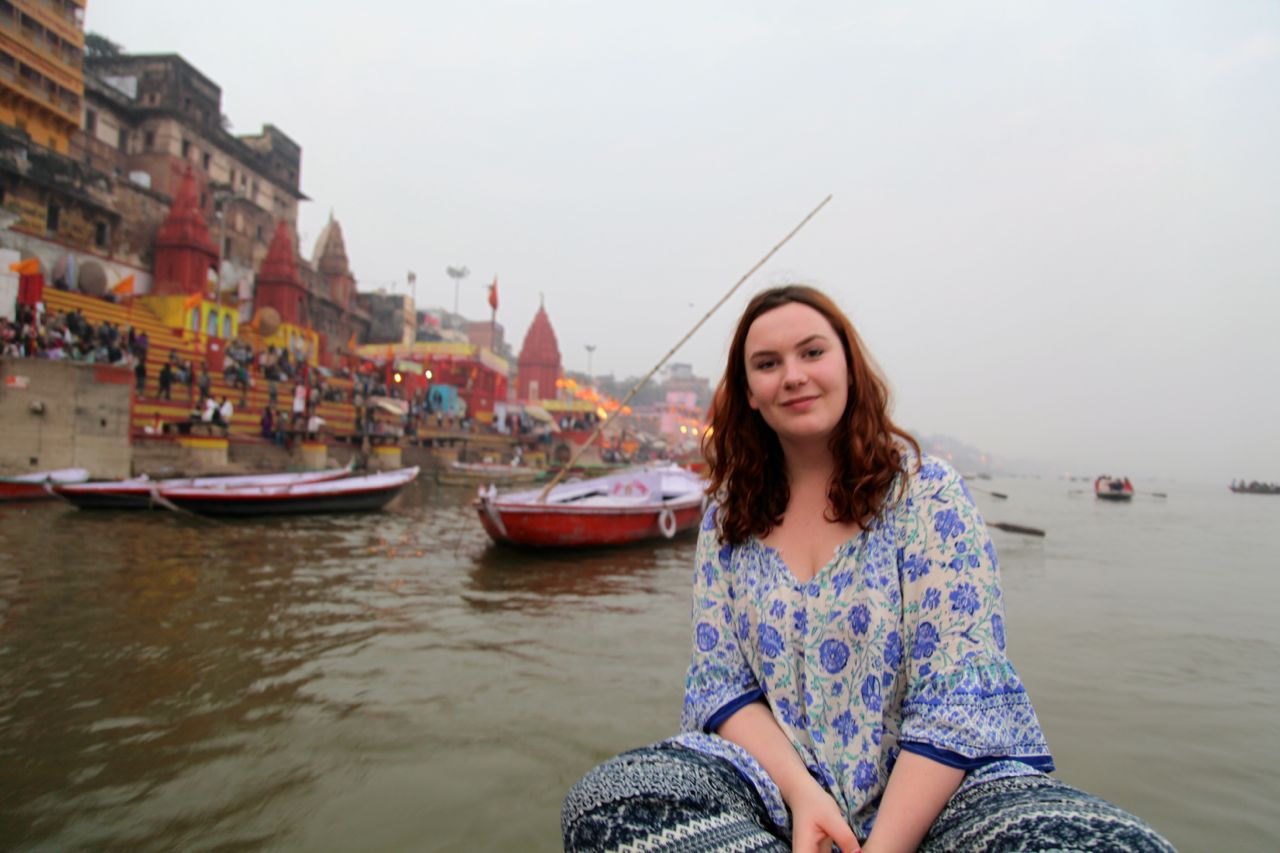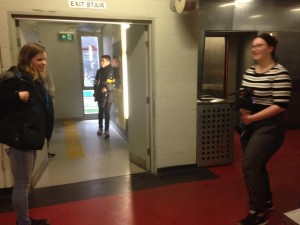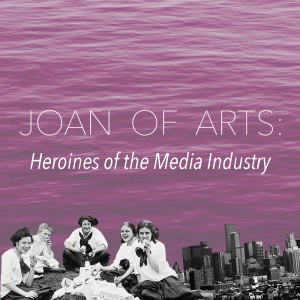A theme that came up that was not planned was the sexualisation of women and the more interesting and significant issue of young women sexualising themselves and the motivations/influences behind this. It’s interesting that this came up because feminism is something that united our group form the beginning and yet it wasn’t something we planned to work into the story, but of course, this feminist issue surfaced naturally.
We’ve really tried to reinforce the fact that Emily is not only influenced by highly sexualised celebrities, but also by young women posting sexualised photos of themselves on Tumblr. We showed that these are real young women making their own decisions by reblogging real ‘selfies’ from young women that have been posted to Tumblr; thus demonstrating that we’re not making this up, it’s a real and widespread issue. It felt a bit gross reflagging them but it’s supposed to and it’s as terrifying as it should be when viewed in the context of Emily’s blog and her mindset of self-hate due to unrealistic expectations.
What we’re trying to say here is that the sexualisation of women influences naive young people to mimic the behaviour because the media, now more than ever in the digital age, has positioned beauty and attractiveness to the opposite sex as the main factors of worth. All you can see in an image is aesthetic beauty; a photo shows nothing of intelligence, kindness, creativity or resilience and mental strength. Yet, because photos, often photoshopped or portraying unrealistic models (and a model is always a role model), are what we consume most, directly or indirectly; aesthetics are becoming more important than substance to those who only look to these images for an understanding of the world. This is so often young people, who in general consume main stream media as a majority because it is so easily accessible to them (companies are competing aggressively for their attention) and through widespread circulation it becomes perceived as popular and spreads and so similar content is made.
It is a vicious cycle. Emily is a victim of this cycle and this problem is at the very core of our story, it is, in my opinion, the antagonist that Emily does not recognise and therefore does not even attempt to overcome. (Another important point, when the bully is invisible to the victim, it’s impossible to for them to overcome the bully.) It was inevitable that sexualisation would come up, and I’m so glad it did. Learning to say ‘fuck you’ to the ideals that are sold to me and to others by the media we consume, rather than falling to it and feeling shit about myself, is something that I have struggled with alongside the timeline of this project. I think that the purpose of story is to broaden people’s understanding of the world. As it is, we generate understanding through our own experiences of the world, story is the way in which we understand the world through other people’s experiences. Creating this project made me understand more about the world than I did before, and I hope that that is the result for others as well.
 Starting from the most recent, the 1st, 4th, 5th, 7th, 8th, 9th posts in these screengrabs of the Instagram were posted by me.
Starting from the most recent, the 1st, 4th, 5th, 7th, 8th, 9th posts in these screengrabs of the Instagram were posted by me.  On the day of the seminar I helped to set up by getting equipment from Building 9 and transporting it with Sarah and Maree to the seminar room in Building 80. There I helped to set up, specifically by getting the cameras working, getting tripods and stands for lighting/audio stuff up and running, carrying things, pinning black fabric to the chairs, finding people and making phone calls to find people. Here’s a pic of me when we were getting the seminar room ready:
On the day of the seminar I helped to set up by getting equipment from Building 9 and transporting it with Sarah and Maree to the seminar room in Building 80. There I helped to set up, specifically by getting the cameras working, getting tripods and stands for lighting/audio stuff up and running, carrying things, pinning black fabric to the chairs, finding people and making phone calls to find people. Here’s a pic of me when we were getting the seminar room ready:







